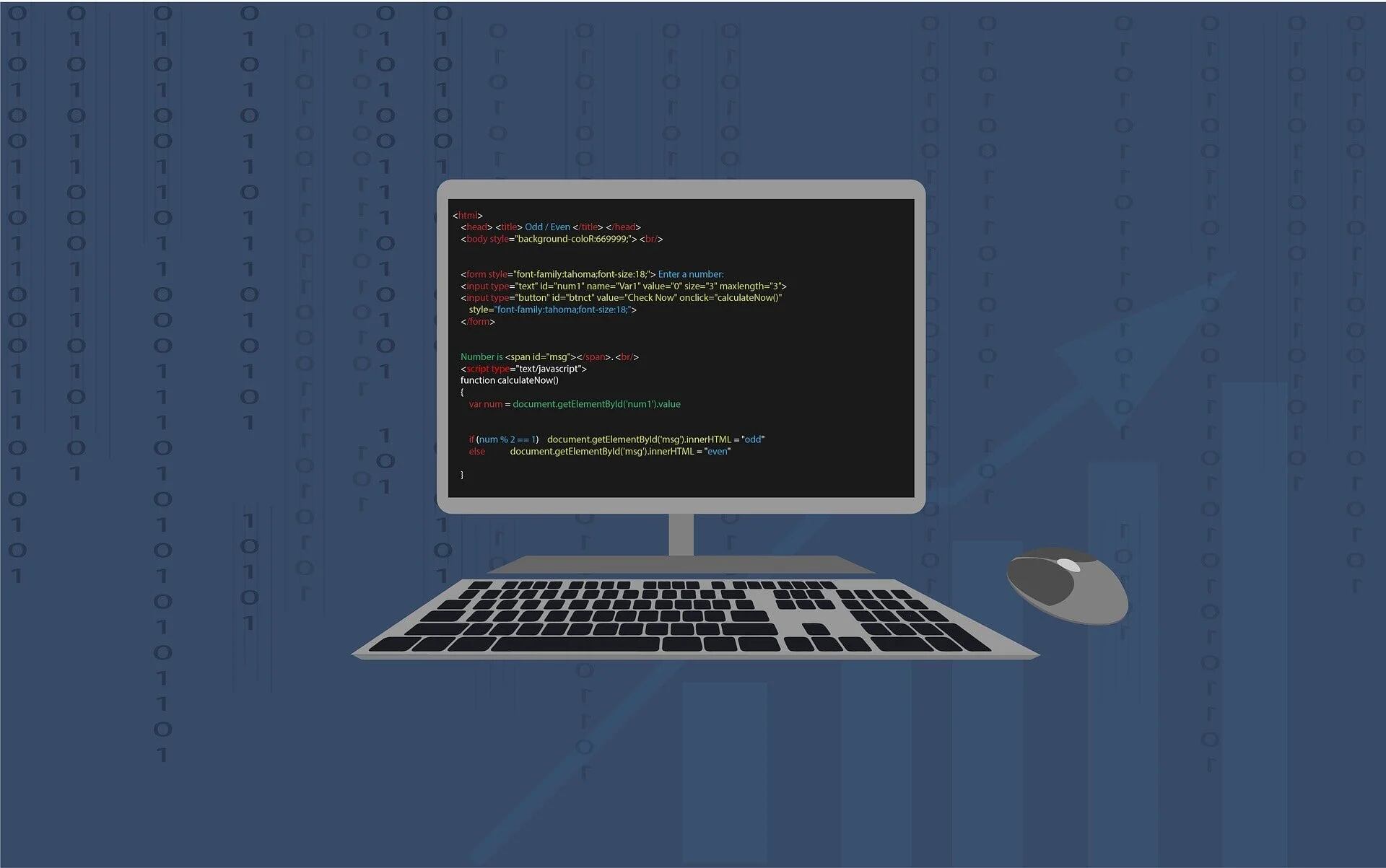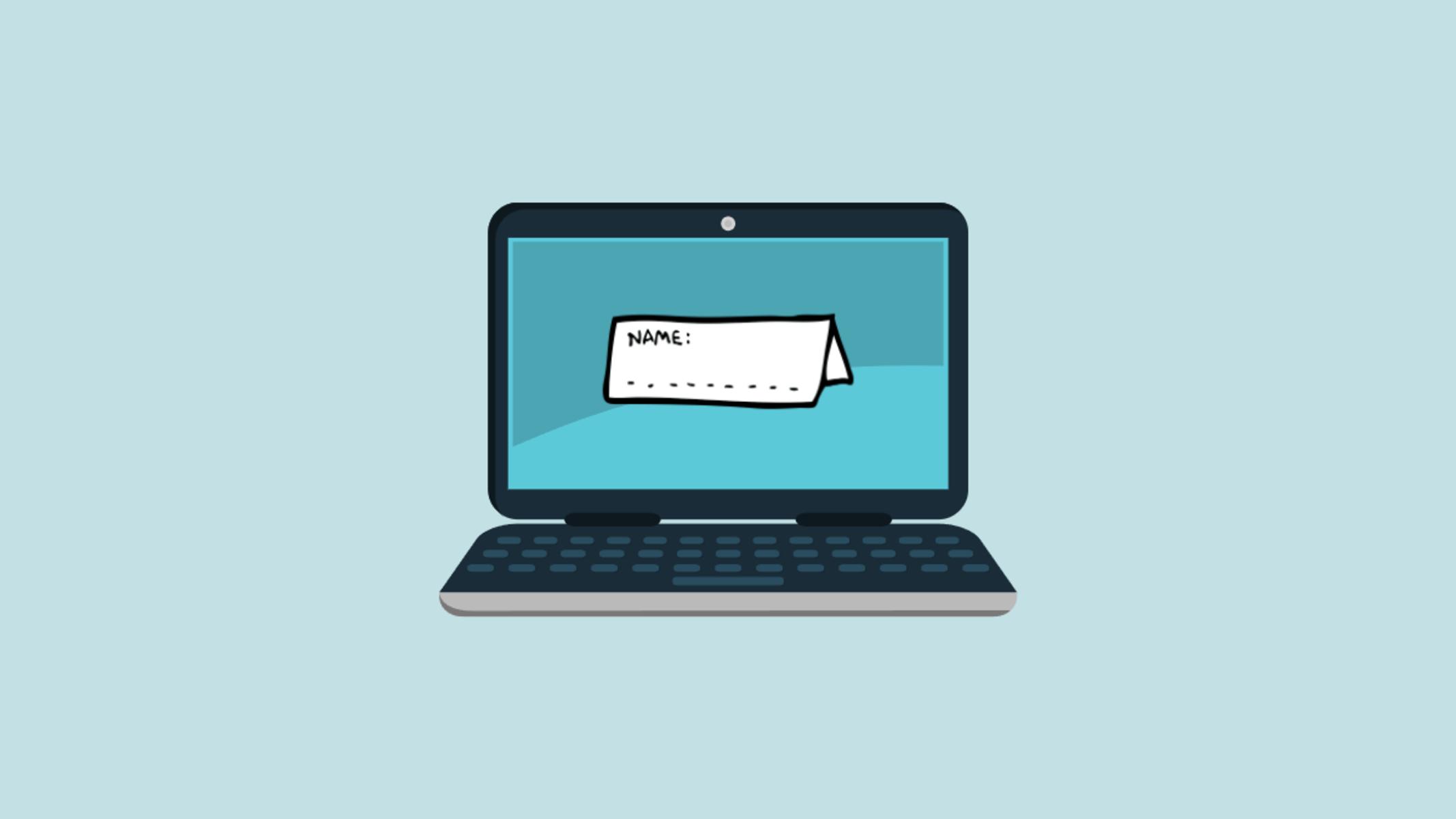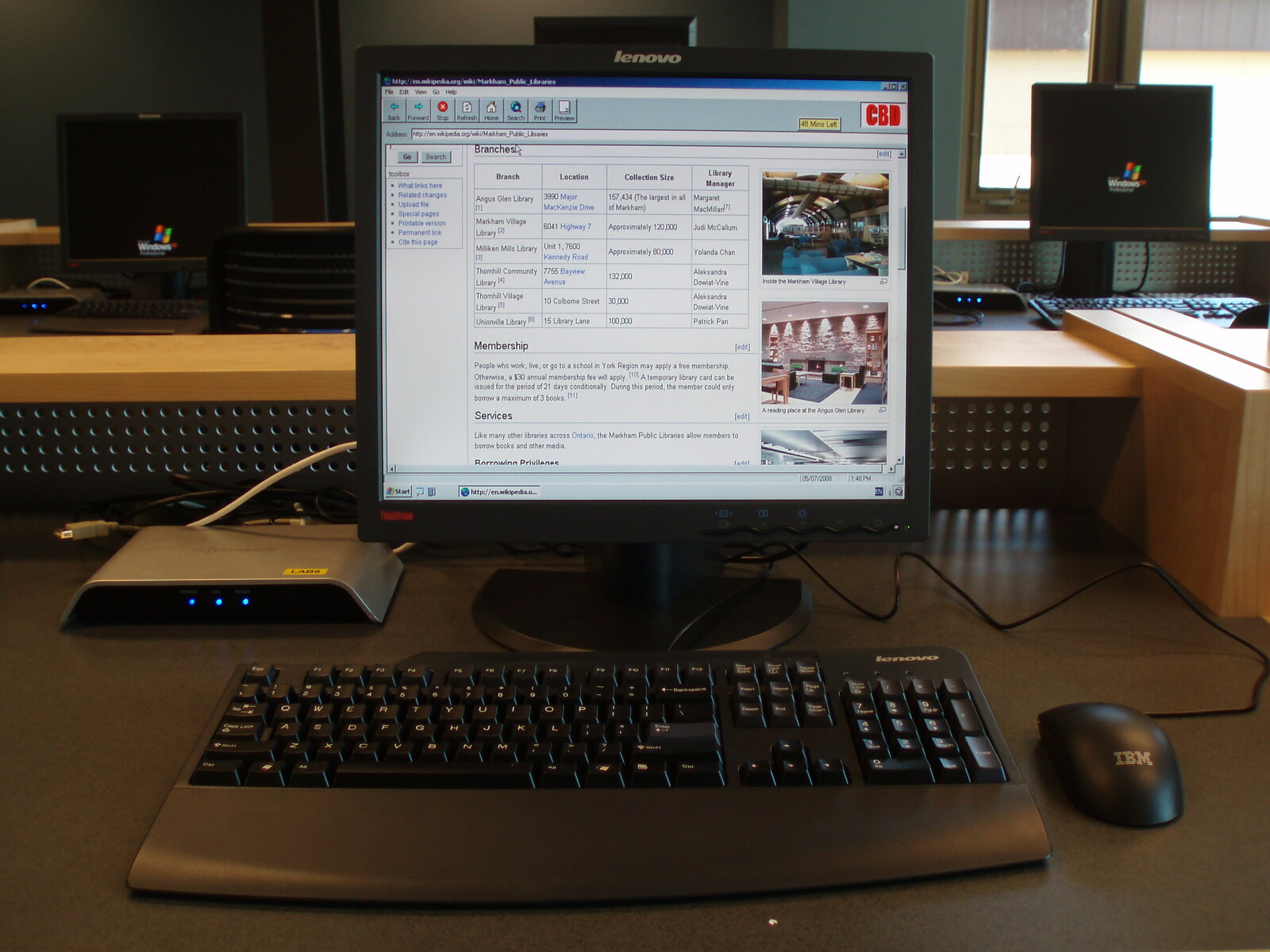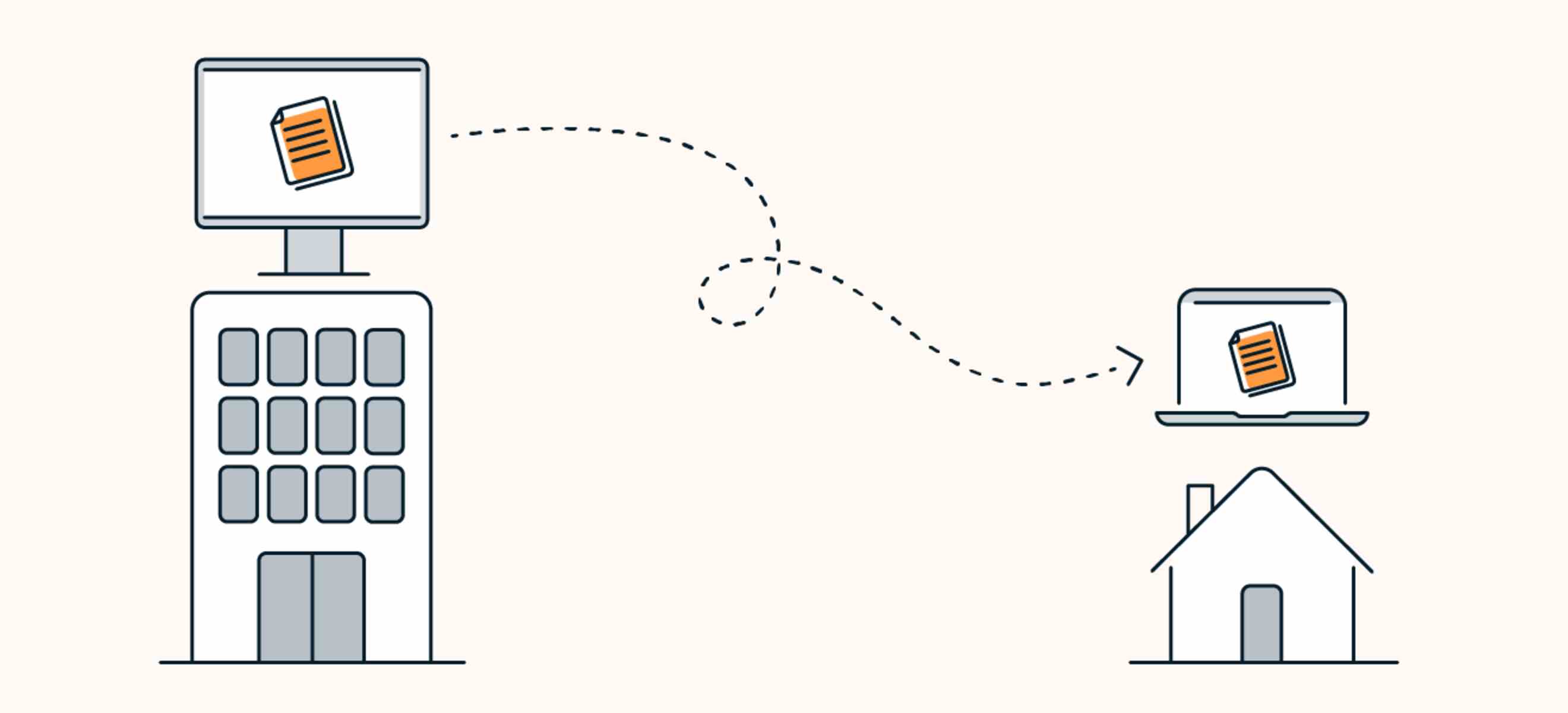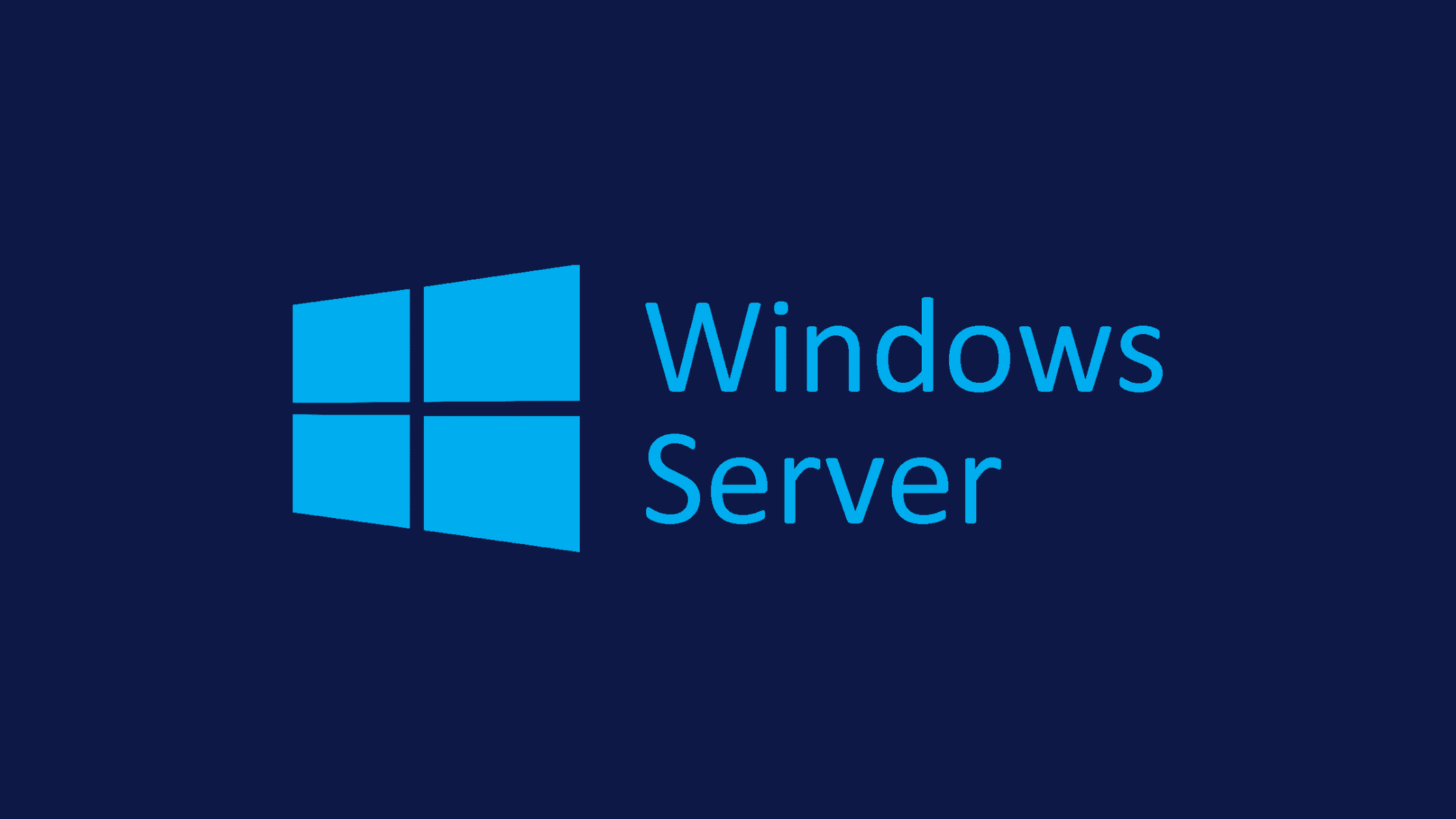Introduction
Welcome to our guide on how to determine if the SCCM (System Center Configuration Manager) client is installed on a workstation. SCCM is a powerful management tool used by IT professionals to deploy, manage, and secure devices in organizations. Knowing whether the SCCM client is installed on a workstation is crucial for effective management and troubleshooting.
When the SCCM client is installed on a workstation, it enables IT administrators to remotely manage software updates, distribute applications, and gather hardware and software inventory information. However, sometimes it can be challenging to determine if the SCCM client is present on a particular workstation, especially in large-scale environments with numerous devices.
In this article, we will explore several methods that can help you identify whether the SCCM client is installed on a workstation. These methods range from checking the Control Panel to utilizing PowerShell commands, querying the Windows Registry, observing services, and using the SCCM console.
By familiarizing yourself with these techniques, you can quickly and accurately determine if the SCCM client is installed on a workstation, allowing you to efficiently manage and troubleshoot devices within your organization.
Methods to Determine if SCCM Client is Installed on a Workstation
Determining if the SCCM client is installed on a workstation is crucial for effective management and troubleshooting. Here are several methods you can use to identify whether the SCCM client is present on a workstation:
- Checking Control Panel: One of the easiest ways to determine if the SCCM client is installed is by checking the Control Panel. In the Control Panel, navigate to “Programs” or “Programs and Features” and look for “Microsoft System Center Configuration Manager” or a similar entry. If you find it, the SCCM client is installed on the workstation.
- Using PowerShell Command: PowerShell provides a convenient way to query the SCCM client status. Open PowerShell as an administrator and run the command “
Get-WmiObject -Namespace "root\ccm\clientsdk" -Class "CCM_Client" | Select-Object -Property ClientActiveStatus“. If the output shows “ClientActive”, it means the SCCM client is installed and active on the workstation. - Querying Windows Registry: The SCCM client information can also be found in the Windows Registry. Launch the Registry Editor by pressing “Windows + R” and typing “
regedit“. Navigate to “HKEY_LOCAL_MACHINE\SOFTWARE\Microsoft\CCM” and check if the keys “Client” and “ClientComponents” are present. If they exist, it indicates the SCCM client is installed. - Observing Services on the Workstation: Another method is to check the services running on the workstation. Open the Services console by pressing “Windows + R” and typing “
services.msc“. Look for services starting with “SMS” or “CCM” such as “SMS Agent Host” or “CCMExec”. If these services are present and running, it indicates the SCCM client is installed. - Using SCCM Console: If you have access to the SCCM console, you can directly check the client status. Launch the SCCM console and navigate to “Assets and Compliance” > “Devices”. Select the desired workstation, right-click, and choose “Client Status” > “Client Activity”. The client activity details will provide information if the SCCM client is installed and active on the workstation.
By utilizing these methods, you can easily determine if the SCCM client is installed on a workstation, allowing you to effectively manage and troubleshoot devices within your organization. Remember to use a combination of these techniques to ensure accurate results and streamline your SCCM administration processes.
Checking Control Panel
One of the simplest methods to determine if the SCCM client is installed on a workstation is by checking the Control Panel. This method can be used on Windows operating systems, including Windows 7, Windows 8, and Windows 10. Here’s how you can do it:
- Open the Control Panel on the workstation. You can access it by clicking the Start button and typing “Control Panel” in the search bar.
- In the Control Panel window, navigate to the “Programs” or “Programs and Features” section.
- Look for “Microsoft System Center Configuration Manager” or a similar entry in the list of installed programs.
- If you find the SCCM client listed, it means the client is installed on the workstation.
If you cannot find the SCCM client in the Control Panel, it indicates that the client is not installed on the workstation. In such cases, you may need to use alternative methods to install and configure the SCCM client.
Checking the Control Panel is a quick and easy way to determine if the SCCM client is present on a workstation. However, it’s important to note that this method only confirms the presence of the client and does not provide information about its status or functionality. For more detailed information, you can use other methods such as querying the Windows Registry or observing the services running on the workstation.
Remember to verify the SCCM client installation on each workstation in your organization to ensure proper management and troubleshooting capabilities. Regularly checking the Control Panel can help you identify any issues with the client installation and take appropriate actions to address them.
Using PowerShell Command
PowerShell provides a convenient and efficient way to determine if the SCCM client is installed on a workstation. By running a simple PowerShell command, you can quickly retrieve information about the SCCM client status. Here’s how you can do it:
- Open PowerShell on the workstation. To open PowerShell as an administrator, right-click the Start button and select “Windows PowerShell (Admin)”.
- In the PowerShell window, run the following command:
Get-WmiObject -Namespace "root\ccm\clientsdk" -Class "CCM_Client" | Select-Object -Property ClientActiveStatus - If the output shows “ClientActive”, it means that the SCCM client is installed and active on the workstation.
If the output shows a different value like “ClientInactive” or “ClientUninstalled”, it indicates that the SCCM client is either not installed or is not active on the workstation.
Using the PowerShell command is a powerful method to quickly check the SCCM client status on a workstation. It provides a straightforward way to gather information without the need to navigate through different menus or interfaces.
The PowerShell command queries the WMI (Windows Management Instrumentation) namespace “root\ccm\clientsdk” and selects the property “ClientActiveStatus” from the “CCM_Client” class. This property gives you a clear indication of the SCCM client’s active status on the workstation.
By leveraging PowerShell, you can easily automate the process of checking the SCCM client status across multiple workstations, saving you time and effort in managing and troubleshooting devices in your organization.
Remember to run PowerShell with administrative privileges to ensure accurate results. Additionally, keep in mind that PowerShell commands may vary slightly depending on the version of SCCM and the operating system you are using.
Querying Windows Registry
Querying the Windows Registry is another method you can use to determine if the SCCM client is installed on a workstation. The Windows Registry stores important configuration and settings information for various applications, including the SCCM client. Here’s how you can perform a registry check to verify the presence of the SCCM client:
- Press the “Windows + R” key combination to open the Run dialog box.
- Type “regedit” in the Run dialog box and press Enter to open the Registry Editor.
- In the Registry Editor, navigate to the following key:
HKEY_LOCAL_MACHINE\SOFTWARE\Microsoft\CCM - Check if the keys “Client” and “ClientComponents” exist under the “CCM” key. The presence of these keys indicates that the SCCM client is installed on the workstation.
If you can locate the “Client” and “ClientComponents” keys in the specified registry path, it confirms that the SCCM client is installed. On the other hand, if these keys are not present, it suggests that the client is either not installed or has been removed from the workstation.
Querying the Windows Registry provides a reliable method to check for the existence of the SCCM client. By directly examining the registry keys, you can bypass any user interface discrepancies and obtain accurate information about the client installation.
Remember that modifying the Windows Registry is a sensitive operation, and it’s important to exercise caution to avoid unintended consequences. Make sure to backup the registry before making any changes, and if you’re not comfortable working with the registry, it’s always recommended to seek assistance from a knowledgeable IT professional.
By using the method of querying the Windows Registry, you can ensure that the SCCM client is correctly installed on the workstation, allowing for efficient management and troubleshooting of devices within your organization.
Observing Services on the Workstation
Observing the services running on the workstation is another effective method to determine if the SCCM client is installed. The SCCM client is accompanied by specific services that are responsible for its functionality. Here’s how you can observe the services to check for the presence of the SCCM client:
- Press the “Windows + R” key combination to open the Run dialog box.
- Type “services.msc” in the Run dialog box and press Enter to open the Services console.
- In the Services console, carefully scan the list of services and look for services that start with “SMS” or “CCM”. Examples of these services include “SMS Agent Host” or “CCMExec”.
- If you find these services listed and running, it indicates that the SCCM client is installed on the workstation.
Observing the services related to the SCCM client provides a reliable indication of its presence. If the services are running, it confirms that the SCCM client is actively functioning on the workstation.
However, if you cannot find any services related to SCCM or if they are not running, it suggests that the SCCM client is either not installed or not operational on the workstation.
Observing services is a straightforward method to quickly check for the SCCM client’s presence. It allows you to verify the client’s status without the need for additional tools or complicated procedures.
It’s worth noting that it’s common for the SCCM services to start with “SMS” or “CCM”, but the specific service names may vary depending on your SCCM version and configuration. Therefore, it’s recommended to refer to your SCCM documentation or seek assistance from your IT administrator if you are unsure about the service names.
By observing the services on the workstation, you can ensure that the SCCM client is installed and running, enabling efficient management and troubleshooting of devices within your organization.
Using SCCM Console
If you have access to the SCCM console, you can directly check the client status from within the console itself. The SCCM Console provides a centralized management interface for administrators to monitor and control various aspects of the SCCM client. Here’s how you can use the SCCM Console to determine if the client is installed on a workstation:
- Launch the SCCM Console on your management server or workstation where SCCM is installed.
- Navigate to the “Assets and Compliance” section in the console.
- Under “Assets and Compliance”, select “Devices” to view the list of managed devices in your SCCM environment.
- Locate and select the specific workstation you want to check the client status for.
- Right-click on the selected workstation and choose “Client Status” from the context menu.
- In the “Client Status” submenu, select “Client Activity” to view detailed information about the SCCM client on the workstation.
- The “Client Activity” details will provide information about the client status, such as whether it is installed, active, or has any issues.
By using the SCCM Console, you can obtain real-time information about the SCCM client’s status directly from the management server. It eliminates the need to manually check individual workstations and provides a comprehensive overview of the client activity within your SCCM environment.
Keep in mind that accessing the SCCM Console and viewing client activity requires appropriate permissions and access to the SCCM infrastructure. Additionally, the availability and accuracy of client activity information depend on the frequency and reliability of client heartbeat data submitted to the SCCM server.
The SCCM Console is an invaluable tool for managing the SCCM client and allows you to monitor client activity, deploy software, initiate remote actions, and perform various other administrative tasks. By utilizing the SCCM Console, you can streamline your client management processes and effectively troubleshoot any issues that may arise.
Conclusion
Determining if the SCCM client is installed on a workstation is vital for effective device management and troubleshooting within an organization. In this guide, we explored several methods that can help identify the presence of the SCCM client on a workstation.
By checking the Control Panel, you can quickly verify if the SCCM client is listed in the installed programs. Using PowerShell commands allows for efficient querying of the SCCM client status, providing insight into its active state. Querying the Windows Registry enables direct examination of relevant keys related to the SCCM client’s installation. Observing services running on the workstation can indicate the presence and functionality of the SCCM client. Lastly, using the SCCM Console grants access to real-time information about the SCCM client’s status and activity.
It is recommended to utilize a combination of these methods to ensure accurate results and streamline the management of SCCM clients within your organization. Additionally, remember to keep the SCCM client up to date and address any issues promptly to maintain a robust and efficient management infrastructure.
By leveraging these methods and tools, administrators can effectively manage and troubleshoot devices using SCCM, ensuring optimal performance, security, and compliance across the organization.









